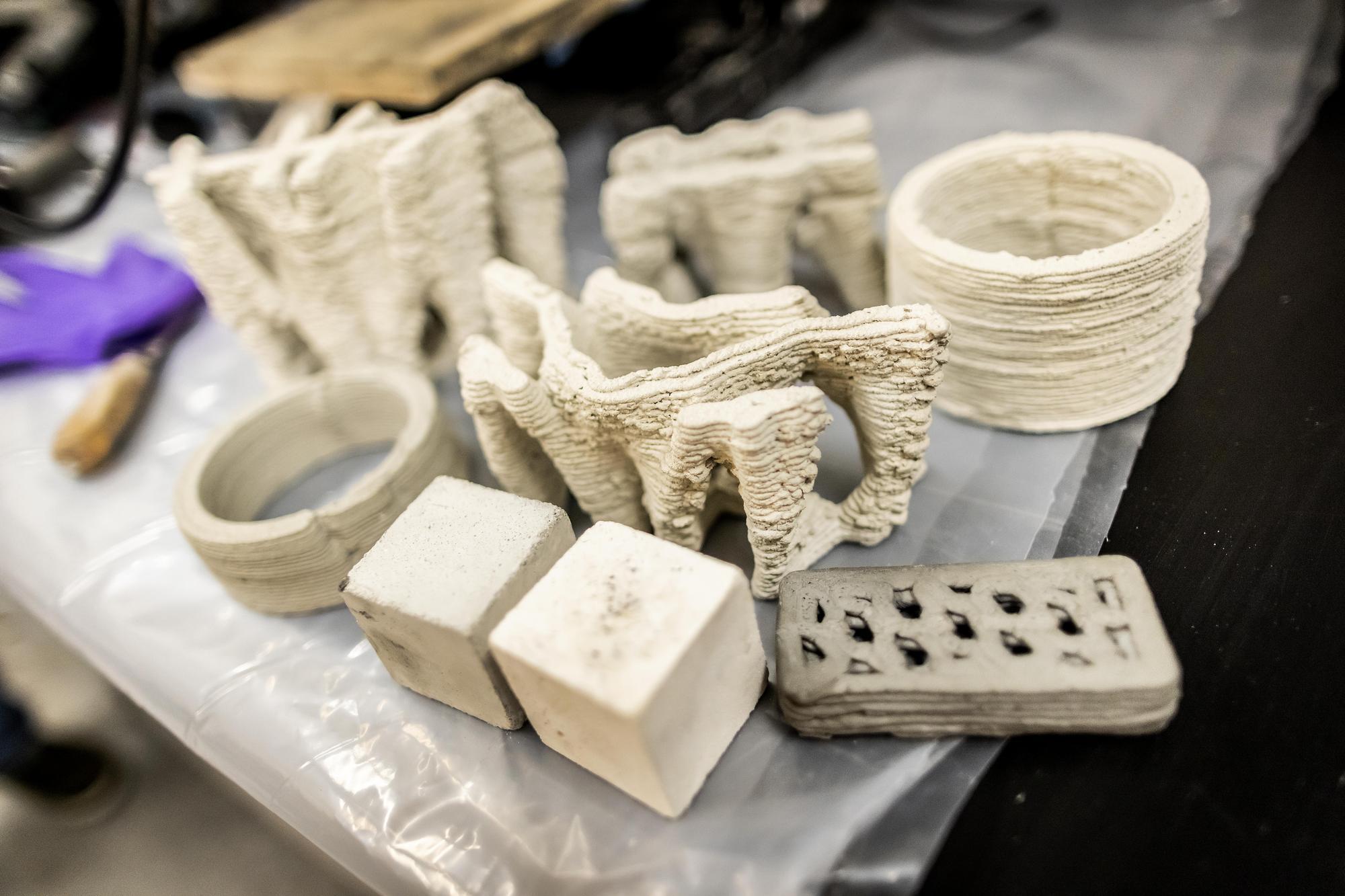Researchers at the University of Pennsylvania have created a new type of concrete that captures carbon dioxide while maintaining structural integrity. The material combines 3D printing technology with diatomaceous earth (DE), a substance made from fossilized microscopic algae. According to findings published in Advanced Functional Materials, this concrete captures up to 142% more CO₂ than conventional mixes while using less cement and meeting standard compressive-strength targets.

The key component, diatomaceous earth, provides a porous structure that traps carbon dioxide and improves the concrete’s stability during 3D printing. “Usually, if you increase the surface area or porosity, you lose strength,” says co-senior author Shu Yang, the Joseph Bordogna Professor of Engineering and Applied Science. “But here, it was the opposite; the structure became stronger over time.” The team achieved an additional 30% higher CO₂ conversion when the material’s geometry was optimized.
The researchers incorporated complex geometric structures called triply periodic minimal surfaces (TPMS), which are found naturally in bones and coral reefs. These shapes maximize surface area while minimizing material use. Co-senior author Masoud Akbarzadeh, associate professor of architecture, noted that the team could “reduce material by almost 60%, and still carry the load, showing it’s possible to do so much more with so much less.”
Testing showed the printed components used 68% less material than traditional concrete blocks while increasing their surface-area-to-volume ratio by over 500%. The TPMS structures retained 90% of the compressive strength of solid versions and achieved 32% higher CO₂ uptake per unit of cement. The team is now working to scale up the technology for full-size structural elements and exploring applications in marine infrastructure such as artificial reefs.
Source: penntoday.upenn.edu

